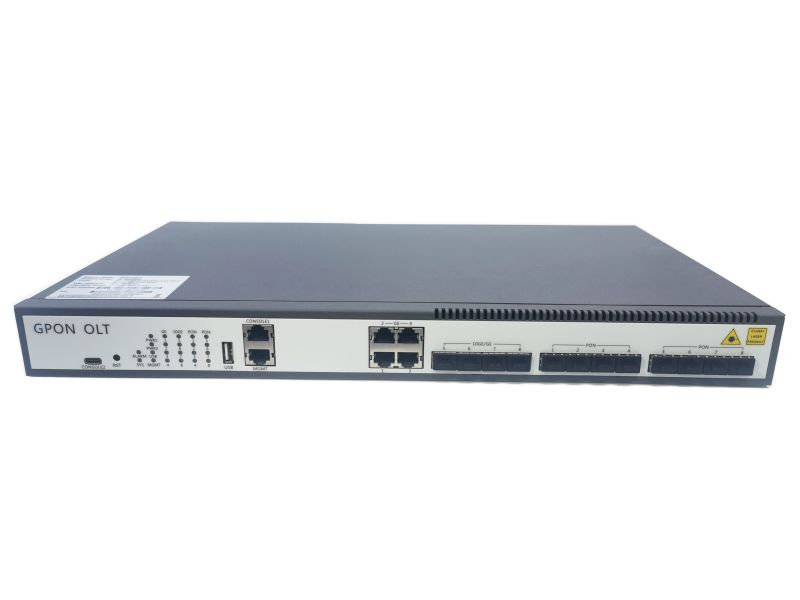When talking about modern communications technology, two terms that often appear are EPON (Ethernet Passive Optical Network) and GPON (Gigabit Passive Optical Network). Both are widely used in the telecommunications industry, but what is the actual difference between the two?
EPON and GPON are types of passive optical networks that use fiber optic technology to transmit data. However, there are some key differences between the two.
EPON, also known as Ethernet PON, is based on the Ethernet standard and is often used to connect residential and small business customers to the Internet. It operates at symmetrical upload and download speeds of 1 Gbps, making it ideal for providing high-speed Internet access.
On the other hand, GPON, or Gigabit PON, is a more advanced technology that can provide greater bandwidth and wider coverage. It operates at higher speeds than EPON, with the ability to transmit data at speeds up to 2.5 Gbps downstream and 1.25 Gbps upstream. GPON is often used by service providers to offer triple play services (Internet, TV, and telephone) to residential and business customers.
Our GPON OLT LM808G has a richer set of Layer 3 protocols, including RIP, OSPF, BGP, and ISIS, while EPON only supports RIP and OSPF. This gives our LM808G GPON OLT a higher level of flexibility and functionality, which is important in today's dynamic network environment.
In conclusion, although EPON and GPON are widely used in the telecommunications industry, there are some key differences between the two in terms of speed, range and applications. As technology advances, it will be interesting to see how it develops and continues to shape the future of communications networks.
Post time: Dec-07-2023







